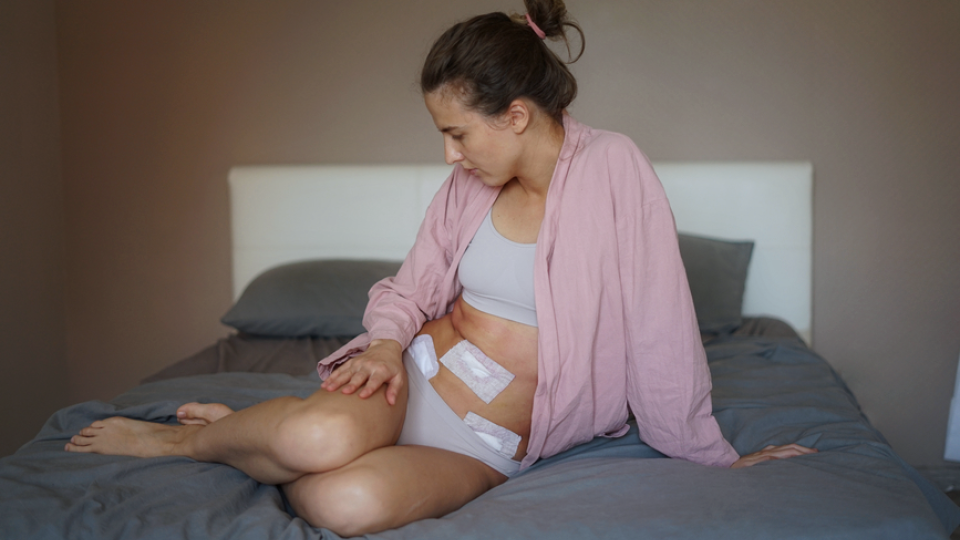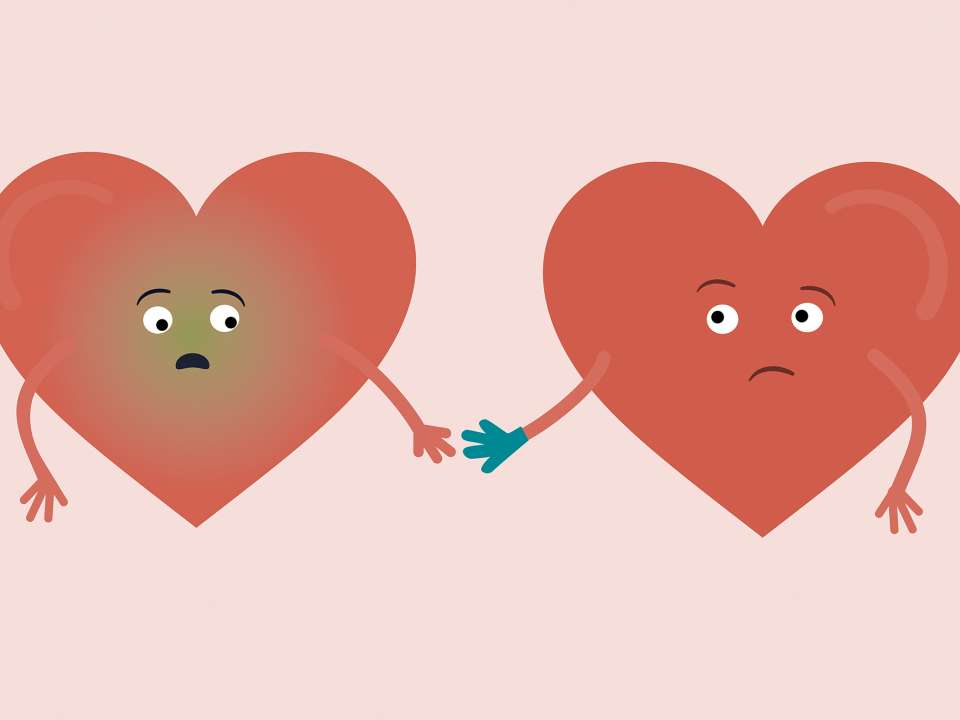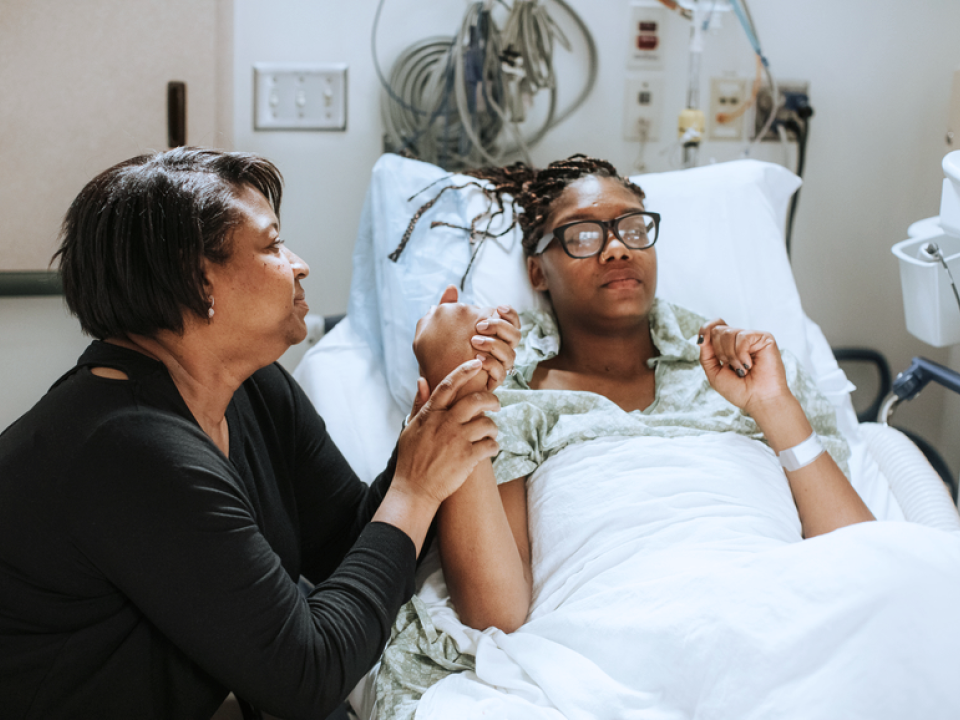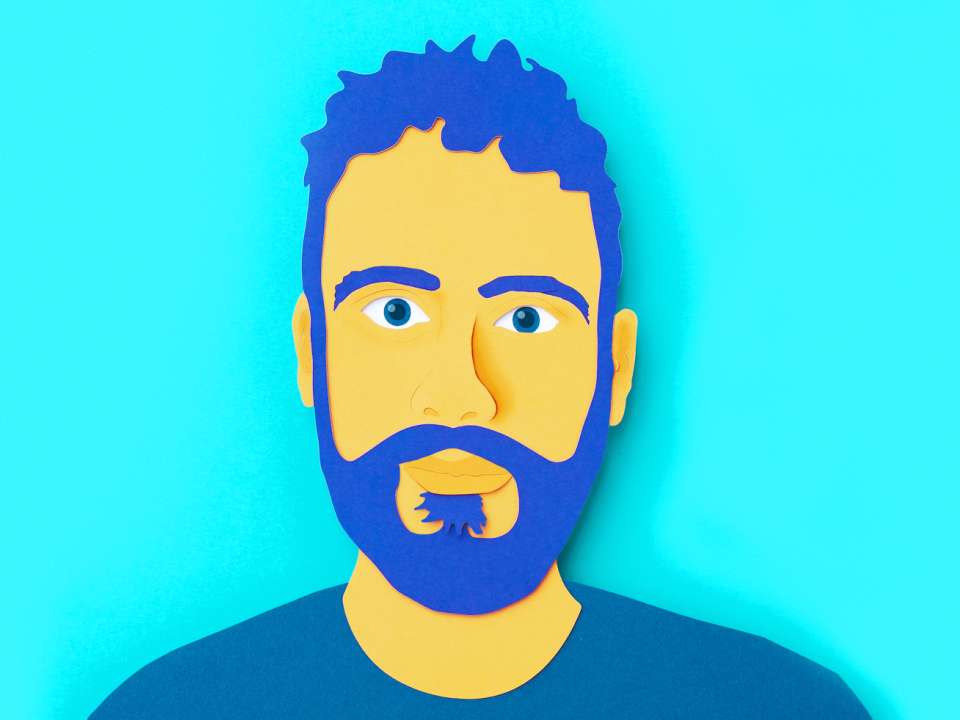
Period pain is a common, totally normal part of having a uterus. But if that pain is severe, prevents you from doing day-to-day tasks, or keeps you in bed all day — that’s not normal.
Painful periods, or dysmenorrhea, can be caused by various conditions. One condition in particular, endometriosis, is often misunderstood.
Endometriosis is a chronic disease that affects about 10% of women and girls (yes, girls too) globally. The pain associated with the disease can be debilitating for some. It can affect your periods, sex life, pelvic floor function, mental health and more … not to mention your financials. The TL;DR? Endo, and the societal understanding of the disease, sucks.
8 facts you should know about endometriosis
Endometriosis is often called the “missed disease” because many people receive multiple diagnoses before receiving an endometriosis diagnosis. And even with a diagnosis, it can be hard to know what’s true or a myth due to the lack of awareness of the condition compared to other gynecological issues. Here are eight endometriosis truths to remember.
Endometriosis is not endometrial tissue
Sometimes you’ll hear the disease described as endometrial tissue (aka the lining in your uterus that sheds each month) growing outside the uterus. But really, the disease consists of tissue similar to, but not the same as, the endometrial tissue found in uterine lining.
This endometrial-like tissue grows outside of the uterus, most commonly on the pelvic peritoneum (the membrane that lines the inside of your abdomen), but can also present as endometriomas, or blood-filled cysts typically found in the ovaries.
Endometriosis can grow anywhere inside your body
Unfortunately … this is true.
“Most commonly, endometriosis grows around the uterus and ovaries,” says Dr. Anita Tiwari, an OB-GYN at UW Medical Center – Northwest. “But sometimes, it can be found on the colon, bladder, and there are rare cases of endometriosis found in the lung.”
Yes, the lung. Cases of endometriosis have also been found on the liver, appendix, diaphragm and brain.
If you’ve received a recent endo diagnosis, there’s no need to panic: Cases outside the abdomen are extremely rare. Still, it’s a good reminder of how aggressive this disease can be and why it should be taken seriously no matter where it lives in the body.
Endometriosis can be found in people of all genders
While incredibly rare, endometriosis has been found in those assigned male at birth. However, it’s still more likely to affect people with a uterus.
Surgery is needed to diagnose endometriosis
Ultrasounds and MRI scans can sometimes show findings that are suggestive of endometriosis, says Tiwari, but a definitive diagnosis is made through surgery. Most commonly, surgeons will use a procedure called a laparoscopy to see any signs of endometriosis. If so, the surgeons will take a biopsy (aka a small sample of the tissue) to send to the lab to confirm the diagnosis.
A quick tip: If you choose to have surgery to diagnose or remove your endometriosis, ask your doctor for pictures of the inside of your body. It might feel strange to see images of your uterus, ovaries, abdominal cavity and more, but having the photos can help in the future, especially if you change doctors or want a second opinion. Endometriosis can recur even with surgical removal, so having a good record of your surgical history can come in handy if you need another surgery in the future.
Your “stage” of endometriosis doesn’t always correlate with your pain level
People diagnosed with endometriosis via a laparoscopy might receive a stage from one to four that indicates the extent and severity of endometriosis found in the body during surgery.
Stage one consists of a few small implants of tissue, and can progress to stage four, severe, in which the disease is typically widespread and has caused scarring.
But those stages don’t always correlate with the amount of pain someone might be experiencing because of the condition.
“Some people can have significant endometriosis at the time of surgery and have no pain,” says Tiwari. “Others can have very small implants and have significant pain.”
So, don’t feel like you’re making up your pain if you receive a stage one diagnosis and aren’t able to perform day-to-day tasks, and don’t be worried if you’re diagnosed as stage four and haven’t felt much of anything.
Endometriosis has been linked to other disorders
Endometriosis pain is bad enough, but sometimes other conditions coexist alongside it.
Some people with endometriosis may have polycystic ovary syndrome (PCOS), pelvic congestion syndrome or adenomyosis as well, adding to the tally of incredibly painful conditions that can be difficult to treat.
An endometriosis diagnosis doesn’t mean you’re infertile
Studies have shown that having endometriosis can make it harder to conceive, and for about 30 to 50% of people, can cause infertility. If you’re hoping to grow your family, this can be a big, very real concern.
It’s also important to note that an endometriosis diagnosis does not automatically mean you’re infertile. Many people with the diagnosis can still conceive and carry healthy babies to term. However, if you’re having trouble conceiving, talk to your doctor about different options to help with the process. There are options to potentially increase your chances of conceiving.
And if you’re not looking to conceive, but someone tells you that getting pregnant will reduce or cure your endometriosis — run.
There is no current cure for endometriosis
If a doctor tells you they can cure your endometriosis, they aren’t giving you accurate information.
“Endometriosis is frustrating and can take some time to treat,” says Tiwari. “There is no cure for endometriosis.”
But you can find relief: Many people find relief through surgical excision of the disease, hormone suppression, naturopathic remedies, dietary changes or a combination of these methods.
There isn’t a one-size-fits-all. One treatment method might work for someone their whole life, and others might need to try a few different things to manage the disease effectively.
Tried-and-true tips to advocate for yourself
Tiwari says it’s helpful to come prepared for your appointment when discussing endometriosis.
“Have a log of when your symptoms occur and what those symptoms are. Do your symptoms correlate with your menstrual cycle? What have you tried, and what are you willing to try? Make sure to bring any outside medical records or ultrasounds to your appointment — they are helpful to start the conversation towards diagnosis,” Tiwari says.
In addition, don’t be afraid to ask for what you want regarding your care. For some, adding a hormone regimen might help keep their symptoms at bay; for others, those hormones might cause side effects that cause more discomfort than relief. Some people find relief with excision surgery through a skilled specialist; others prefer managing their symptoms differently.
Your journey — and your endo — is unique. When advocating for yourself, stick to your truths and forget about the myths of the disease.

 Healthy ideas for your inbox
Healthy ideas for your inbox





